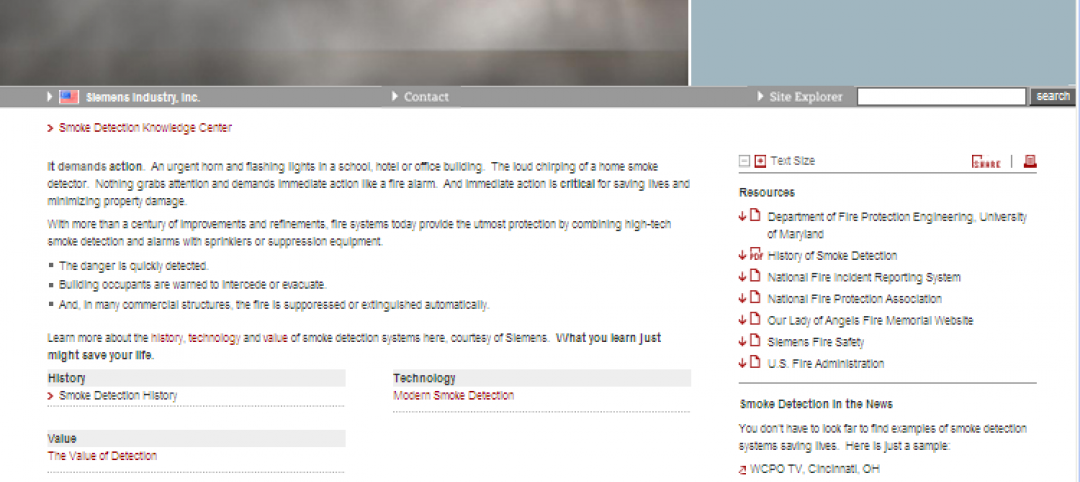The Financial District Neighborhood Association (FDNA) released “Make Way for Lower Manhattan,” a multi-year report to provide a vision to transform the historic neighborhood and create safer and cleaner streets.
Several factors contribute to Lower Manhattan’s crowded sidewalks and streets, the report says. “The old, Colonial streets and sidewalks of Manhattan’s Financial District have become far too crowded with different obstacles, largely due to the ongoing conversion of skyscrapers to residential use and new construction of large residential buildings, coupled with the dramatic growth of downtown tourism,” the report says.
Piles of garbage covering sidewalks create health hazards and push pedestrians into already crowded streets. Construction scaffolding and street vendors block sidewalks. The situation causes dangerous conditions. Congestion slows emergency vehicles, and pedestrians and cyclists fight with cars for space on streets and sidewalks. Recently, there has been a spate of fatalities and accidents in the area.
The pilot program recommended in the report includes improved walking corridors, targeted sanitation interventions, slow street zones, and pedestrian-safe plazas.
Related Stories
| Jan 26, 2012
HPD open materials standard for green building materials gains momentum
GreenWizard, provider of a cloud-based product management and project collaboration software, is the latest industry participant to sign on
| Jan 26, 2012
Siemens launches smoke detection knowledge center
New knowledge center web site demonstrates efficacy of smoke detection.
| Jan 18, 2012
Chile's seismic code upgrades credited with saving lives in 2010 quake
Since 1960, when Chile suffered a 9.5 magnitude quake, the largest ever recorded; the country has steadily improved building codes to protect lives and property.
| Jan 18, 2012
Report analyzes residential hurricane codes in 18 states
The Insurance Institute for Business & Home Safety (IBHS) released a new report analyzing residential building codes in 18 hurricane-prone coastal states along the Gulf of Mexico and the Atlantic Coast.
| Jan 18, 2012
Death in Chicago high-rise apartment fire blamed on fire code
The death of a Chicago woman who stepped off her elevator into a blazing inferno last week has underscored the need for fire sensors in elevators.
| Jan 18, 2012
California approves open cell spray foam for energy efficiency standards
The California Energy Commission (CEC) now recognizes open-cell spray foam as an accepted insulation in its 2008 Building Energy Efficiency Standards.
| Jan 5, 2012
Building to LEED standards now an 'easy call' from cost standpoint
Once seen as a cost burden, building to LEED standards is now an "easy call," according to Dan Probst, chairman of energy and sustainability for real estate management and development firm Jones Lang LaSalle.
| Jan 5, 2012
Minnesota's GreenStep Cities program aids communities in winning grants
GreenStep Cities, a Minnesota initiative, was designed to provide greater recognition to the state's communities for achievements in meeting sustainability standards and goals.
| Jan 5, 2012
Some ADA accessibility rules change in 2012
Some changes to the Americans with Disabilities Act go into effect beginning March 15, 2012.
| Jan 5, 2012
Ontario's stringent energy code has builders concerned over indoor air quality
Some Ontario builders are worried that new building code requirements with stricter energy efficiency measures could lead to poor indoor air quality.

















